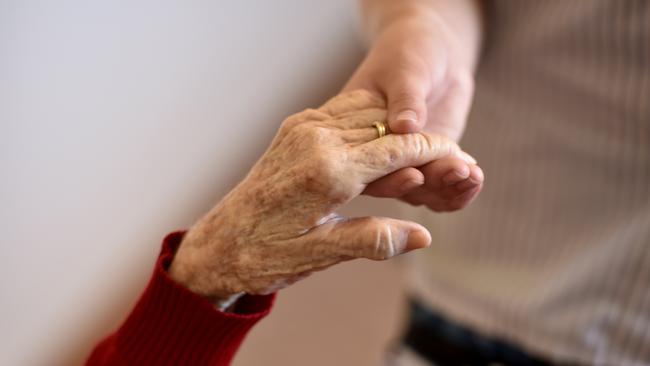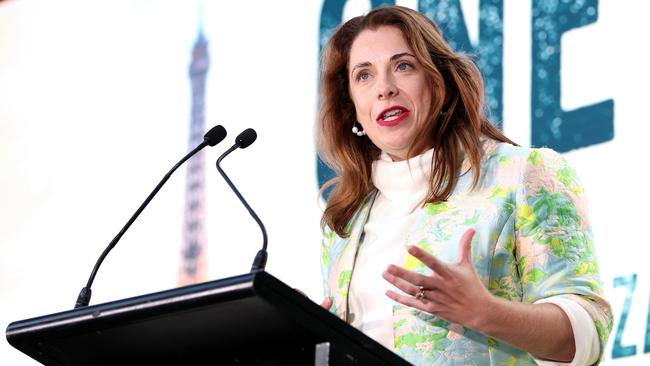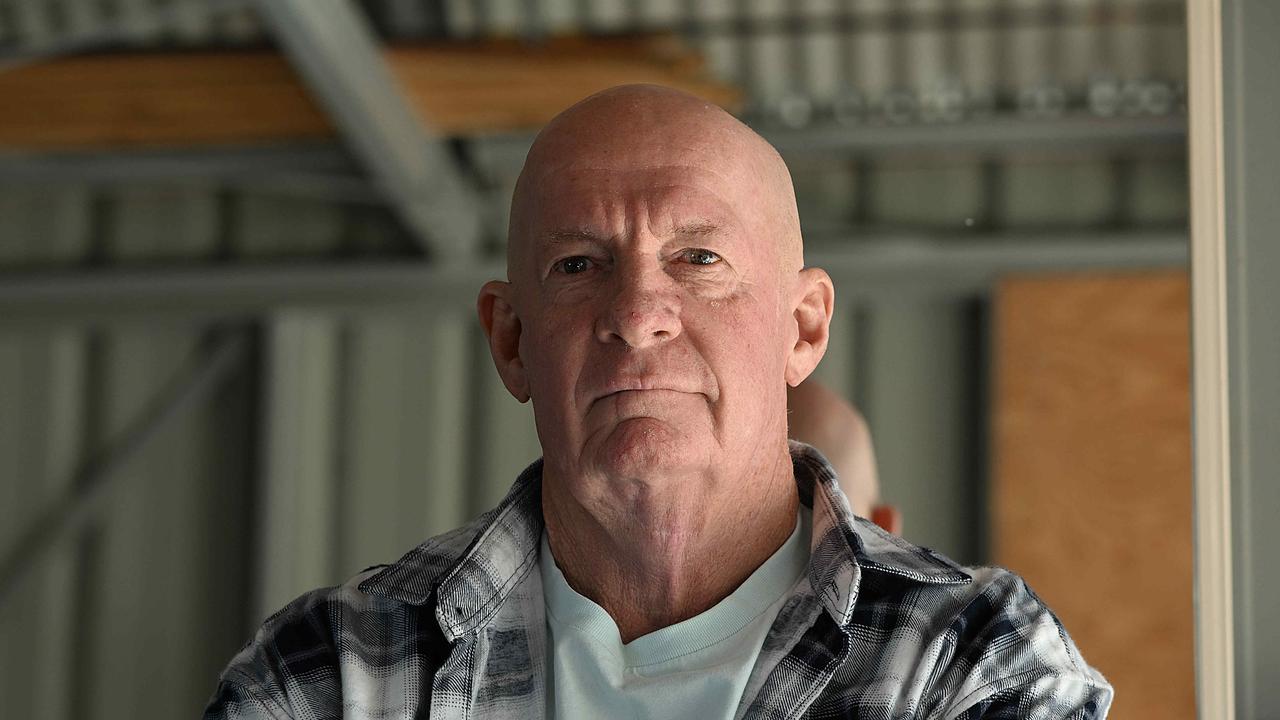Push for super to be saved for aged care
All taxpayers must stump up more, potentially through a new levy, and wealthier older Australians will need to dip into their private savings to lift the quality of aged care, a new proposal warns.

All taxpayers must stump up more, potentially through a new levy, and wealthier older Australians will need to dip into their private savings to lift the quality of aged care, a new proposal put to the Albanese government warns.
The new issues paper also floats “ring-fencing” some of an individual’s compulsory superannuation to fund their future aged care.
With more Baby Boomers hitting their 80s and beyond, how to pay for better quality aged care is becoming an increasingly urgent policy problem, leading to providers, consumers, unions and other experts meeting in June to develop a range of funding options that went to aged care minister Anika Wells on Thursday.
Since the aged care royal commission delivered its damning findings into the quality and safety of care in March 2021, government spending on aged care has increased, including an additional $11.3bn over four years in the March budget to cover a 15 per cent wage increase for more than 250,000 nursing and care staff and to meet higher care minute per resident targets.
Aged care is the fourth largest payment program for the federal government, according to the budget, at $32bn for 2023-24, rising to almost $40bn by 2026-27.
But this represents about 1.2 per cent of GDP, less than half the OECD average of 2.5 per cent.
The government’s own figures show aged care providers are struggling to make the numbers work with the funding they receive. The latest quarterly financial reporting for the sector released in June revealed more than half the nation’s nursing home providers were operating at a loss.
The summit, convened by peak provider advocacy group Aged and Community Care Providers Association, concluded in its issues paper that “chronic underfunding” of aged care had resulted in both an unsustainable sector and inadequate quality of care.
And with more older people requiring aged care services over the coming decade, be it in their home or in a nursing home, higher taxes and greater consumer co-contributions from those were both needed to improve services, the paper argues.

“Australia will either need to consider how it sustainably funds aged care in the future, including more funding from both the government and private sources to reach international standards, or accept a lower standard of care for older people than comparable countries and community expectations,” it says.
The paper floats greater individual payments, changes to superannuation, a Medicare-style aged care levy and even the introduction of a new social insurance scheme as funding options.
“The key question is how do we balance the fairness of asking older Australians with financial means to make a greater financial contribution to their own care against the fairness of asking a shrinking percentage of working-age Australians to fund a growing aged care system through their taxes,” ACCPA chief executive officer Tom Symondson said.

“Aged care in Australia cannot continue to muddle along with Band-Aid solutions while the system crumbles. It shouldn’t be about simply propping up aged care. It should be about improving the lives of older Australians. They deserve better.”
An aged care task force created by Ms Wells in June to tackle aged care issues including the financial sustainability of the sector is understood to back greater personal contributions by older Australians who can afford it. The task force, which Ms Wells chairs, is due to report by the end of the year.

The new issues paper advocates for consideration of a specific aged care levy, along the lines proposed by the aged care royal commission in 2021. It even floats the notion of a broader “care economy” levy – which could include Medicare, aged care, disability, veterans and early childhood care.
But while the federal government must continue to be the primary funder of care services, individuals who can afford to should be making greater contributions to the accommodation and lifestyle expenses in aged care, which they had funded through their lives, it says. These would include meals, cleaning, laundry, heating and cooling.
One possible source of funds was superannuation.
“The superannuation system is designed to provide an income during retirement, enabling people to remain financially independent as they age,” Mr Symondson said. “We want to see a system that encourages use of superannuation as it was intended.”
The paper notes that over the past two decades, $1.4 trillion has been passed on in inheritances.
“This means older Australians are potentially denying themselves the care they need, in order to pass on an inheritance – despite recent research showing that almost three quarters of Australians are willing to forgo a portion of their own inheritance so their parents and grandparents can enjoy the retirement they deserve.”
It suggests that superannuation withdrawn to pay residential aged care accommodation costs could receive favourable tax treatment.
“An alternative could be a compulsory saving approach for which a proportion of superannuation guarantee contributions is ring-fenced to pay for aged care costs,” the paper says. “However, it was noted that this could disadvantage those retirees who never require aged care.”
It also suggests a model similar to private health insurance, where government rebates cover a portion of the cost of policies.








To join the conversation, please log in. Don't have an account? Register
Join the conversation, you are commenting as Logout